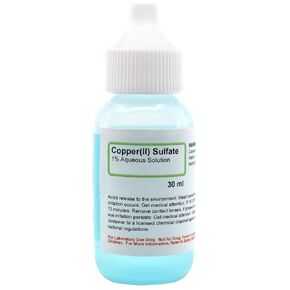- Shopping, made easy.
- /
- Get the app!
Product Description: Citric acid is a weak o acid with the formula C6H8O7. It is a natural preservative which occurs naturally in citrus fruits and is also used to add an acidic or sour taste to foods and drinks. In biochemistry, the conjugate base of citric acid, citrate, is important as an intermediate in the citric acid cycle, which occurs in the metabolism of all aerobic organisms. It consists of 3 carboxyls (R-COOH) groups. Citric acid is a commodity chemical, and more than a million tons are produced every year by fermentation. It is used mainly as an acidifier, as a flavoring, and as a chelating agent. Acid: acids are weak acids and do not dissociate completely in water, whereas the strong mineral acids do. Lower molecular mass acids such as formic and lactic acids are miscible in water, but higher molecular mass organic acids, such as benzoic acid, are insoluble in molecular (neutral) form. C6H8O7: Molecular Formula for Citric Acid Standards for Food: How They are Developed and Used. Department of Agriculture. FCC: "Food Chemicals Codex" - (FCC) refers to a compendium of standards that is used internationally to ensure the quality and purity of food ingredients. The FCC helps manufacturers and consumers in recognizing genuine ingredients and substances and assures the quality of food products. USP: A chemical grade of sufficient purity to meet or exceed requirements of the United States Pharmacopeia (USP); acceptable for food, drug, or medicinal use; may be used for most laboratory purposes. NON-GMO: Free of any Genetically Modified Organism
 HiMedia M118-100G Mannitol Salt Agar Base, 100 g
KWD 6
HiMedia M118-100G Mannitol Salt Agar Base, 100 g
KWD 6
 DCA - Sodium Dichloroacetate 100g Powder, Purity >99.9%, Made in Europe, by DCA-LAB, Certificate of Analysis Included, Tested in a Certified Laboratory, Buy Directly from Manufacturer, 3.5oz
KWD 73
DCA - Sodium Dichloroacetate 100g Powder, Purity >99.9%, Made in Europe, by DCA-LAB, Certificate of Analysis Included, Tested in a Certified Laboratory, Buy Directly from Manufacturer, 3.5oz
KWD 73
 -13%
Milwaukee MA9007 Buffer Solution, pH 7.01, 230 mL
KWD 7
-13%
Milwaukee MA9007 Buffer Solution, pH 7.01, 230 mL
KWD 7
 Copper(II) Sulfate, 1% Aqueous Solution, 1 fl oz (30mL) - The Curated Chemical Collection
KWD 5
Copper(II) Sulfate, 1% Aqueous Solution, 1 fl oz (30mL) - The Curated Chemical Collection
KWD 5